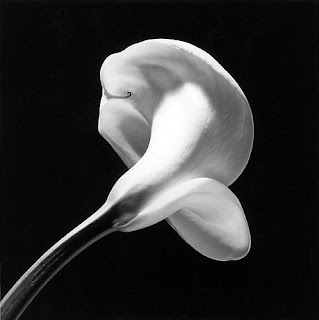Self-portraits
Female nudes
Still-life
Celebrity portraits
I found that his work is very strong, no matter the subjects, even the still-life flowers.With his understanding of form and light, together with the composition, he created some really beautiful images that show you the quality of nature and the beautiful of human body. I tried the still-life and portraits, although I got some good and clear images, they were not appear to be very strong. I think his work encourages me to do some more flowers.
He had a wide range of subjects, but his main focus and the greater part of his work is erotic imagery. I tried to look for some but there were hardly any online.
I understand the controversy, but I am agree with what Tate said, " With these images he tested the right to individual freedom- they were not meant to be titillating, shocking or obscene, but beautiful in a traditionally classic way. His work therefore holds a significant place in the history of artistic struggle to depict the world as it is with honesty and truth. "
After doing some experiments and trying to create nice images. I start to the think the point of photography. When I was looking for photographers to write reports for the assessment purpose as well as looking for inspirations, I had seen Robert Malllethrpe's work before but they did not caught my eye. They did today, I think because i can see he was recording some scenes, some happenings, no matter what the subject was, he was be able to use a high art format to tell the world about some other group of people who also exist in this world with some different attitude and life style from other so called normal people. He was honestly and truly with his eyes and his camera. And I think that is what I want with my camera, be honest and be true.
A few days ago, I happened to see some photos taken years ago which I thought I had lost. They are families and friends photos. I suddenly saw time passing through these photos. Every little moments came back to life. I felt tears in my eyes. To record life is the most important job for a camera, isn't it?


















































